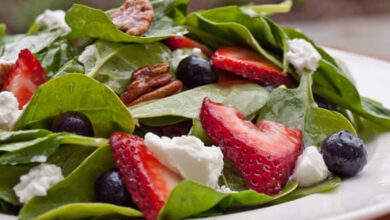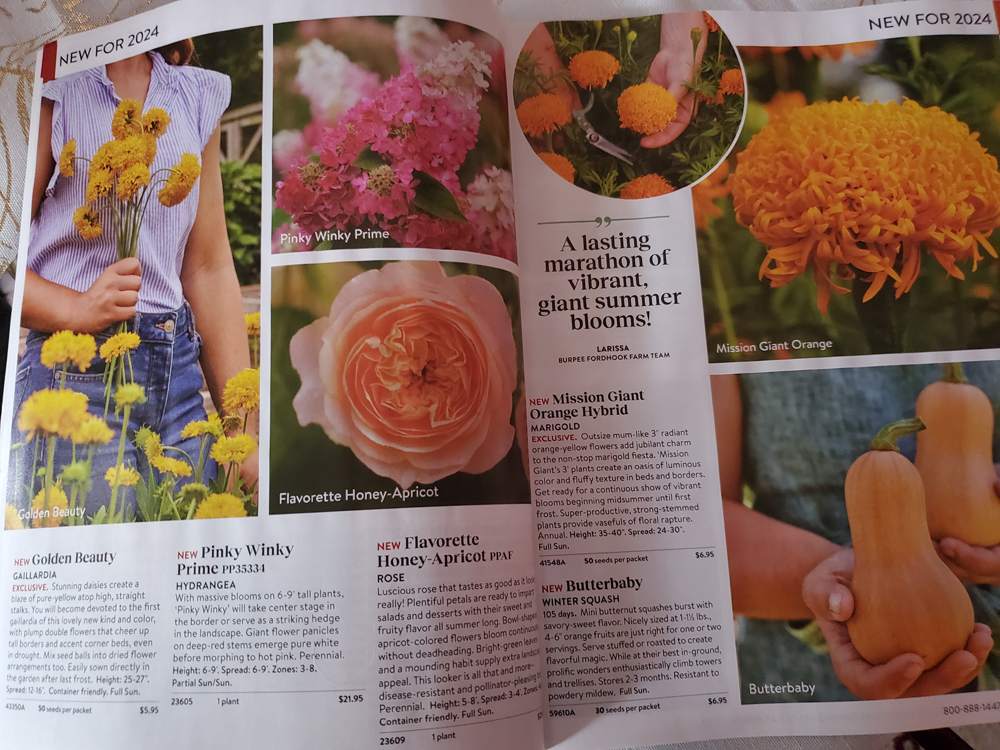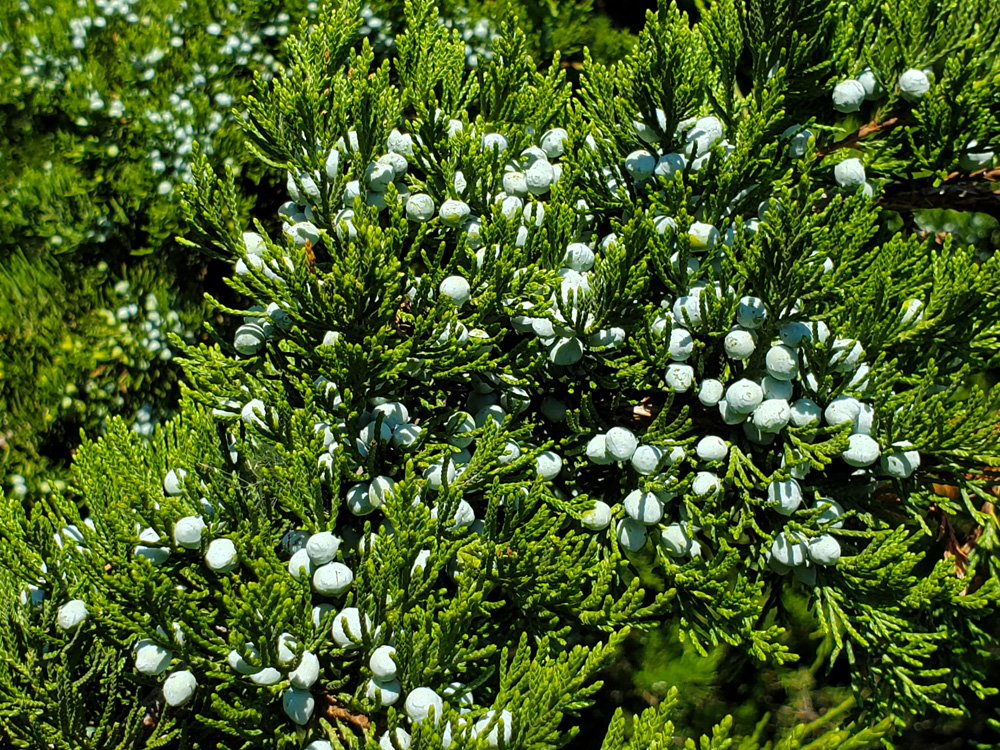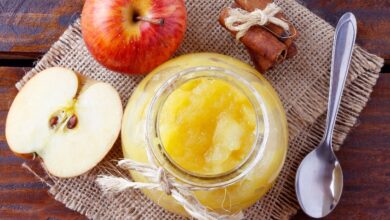Winter seed sowing
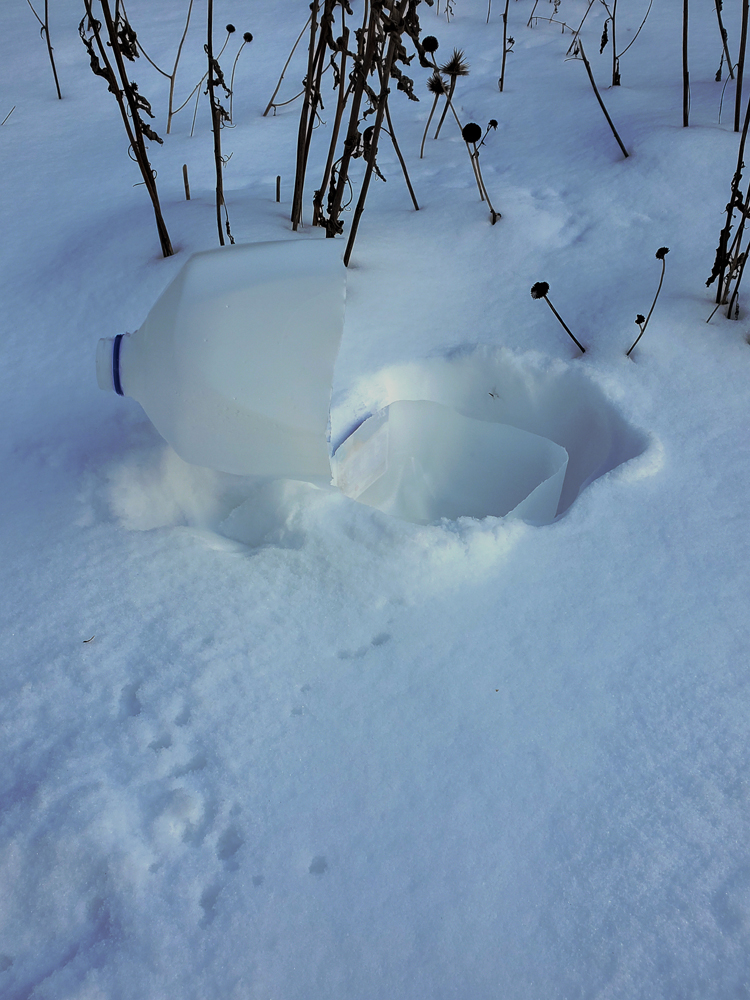
I’ve been seeing more and more about winter seed sowing, an alternative to staring garden seeds inside in preparation for the upcoming growing season. According to Penn State University Extension, winter sowing is the process of planting seeds outdoors in a container during the winter months.
All you need is seed-starting medium and a mini-greenhouse you create from an old plastic milk jug. The semi-opaque jugs that allow light to penetrate work well, or you can experiment with other recyclable containers you have on hand.
To make your mini-greenhouse, remove the screw-on lid from the jug. This allows rain and snow to enter the greenhouse and keep the soil moist. Using a drill or a utility knife, create drainage holes in the bottom of the jug. Using a serrated knife, cut around the milk jug below the bottom handle, leaving about a half inch intact directly below the handle to act as a hinge. Fill the bottom half of the jug with a soilless seed starting medium. Do not use garden soil which can contain pathogens and weed seeds. Slightly water the growing medium and allow excess water to drain.
Sow your seed following the instructions on the seed package. Seal your container with duct tape or create holes for pipe cleaners or twist ties to more easily open and close your greenhouse. Label your container – noting the variety of seed and the date it was sown. Penn State Extension advises using a laundry marker, which it says is better than permanent marker.
Next, simply set your container outdoors where it will receive winter sun. Don’t leave on a covered porch – your greenhouse needs rain and snow for your seeds. The seeds should experience all the conditions they would in nature. Set the jugs away from windy areas or place in milk crates to protect from wind. You can actually forget about your seeds until spring when they germinate. Open the jug in spring on sunny warm days and close it up at night to protect seedlings from cold temperatures. When ready to transplant, gently remove plants from the container and plant directly into the garden.
The University of Illinois recommends that frost-tolerant flowers and vegetables like cosmos, kale, broccoli, spinach, and Brussels sprouts work well for winter sowing. Perennials are also a great choice as they naturally propagate themselves in a similar manner, dropping seed in the fall which is covered by leaf matter and protected until spring. Frost sensitive annual plants like tomatoes, squash, and zinnias can be started in the mini-greenhouse containers later in the spring.
The container will protect the seeds from animals and harsh weather and the cold will break the dormancy of the seeds, allowing them to germinate when temperatures begin to rise, Penn State Extension says. Hardy seeds do require a consistent period of moist, cold temperatures before germination occurs – which might be a challenge during an extended late winter thaw – but containerized sowing, whether in the winter or early spring, produces seedlings that stay more compact and do not need to be hardened off before planting in the garden, Penn State notes.
This can also prove to be a more economical option to sowing seeds indoors where special trays and lighting are required, as well as ample space. In any case, it might be interesting to experiment this year with leftover seeds and test how well this method works.



